GPDA letter: What were Formula 1 drivers trying to achieve?
- Published
- comments
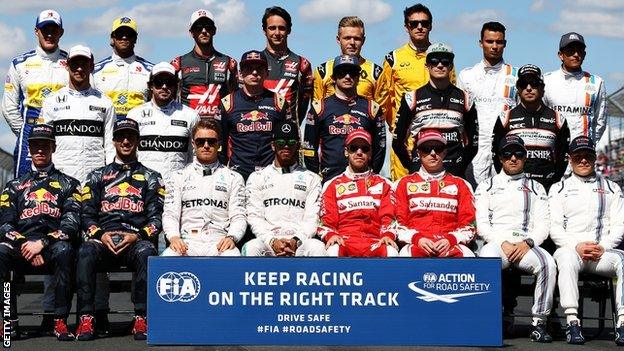
The class of 2016 have wasted no time in demanding changes to the sport
A week ago, Formula 1 drivers wrote an open letter saying the sport's leadership was broken. Within 24 hours the two men at the top of F1 had made their point for them.
Only hours after the letter was published, satellite broadcaster Sky announced a new deal with F1 that will remove the vast majority of races from live free-to-air television in the UK for the first time in 40 years.
The following day, FIA president Jean Todt plunged F1 back into turmoil over the adoption of a new qualifying system that the teams had agreed to abandon after criticism at the first race of the season.
Both were prime examples of the sort of changes that "could jeopardise F1's future success" cited by the drivers in the letter, written on their behalf by Jenson Button, Sebastian Vettel and Alex Wurz - the three directors of the Grand Prix Drivers' Association (GPDA).
What were Todt and Ecclestone playing at?
The motivation of F1 commercial boss Bernie Ecclestone in signing the Sky deal was easy to understand - money. Reported to be worth $1bn over six years, it makes a significant impact on the bottom line of CVC Capital Partners, F1's main shareholder.
Todt's motivation was harder to divine. The teams had agreed, in an emergency meeting on race morning in Australia with FIA F1 director Charlie Whiting, to revert to last season's qualifying format, after the new elimination process was proved to have major flaws.
But that option was not on the table at the subsequent meeting of the F1 Commission, where formal agreement was needed to change the rules.
Instead, the FIA - Todt - offered only two choices. These were to either stick with the elimination system, or to adopt a tweaked version of it, with only the final qualifying segment reverting to the 2015 format.
This was not what had been committed to in Melbourne by the teams and Whiting - who Todt had now effectively overruled. So, unsurprisingly, the unanimity required for change was not forthcoming.
The teams, Ecclestone and the FIA will discuss what to do with qualifying again following this weekend's race in Bahrain, but the barrier to change is obvious - unanimity is still required and clearly everyone is not singing from the same hymn sheet.
Ad hoc decision-making
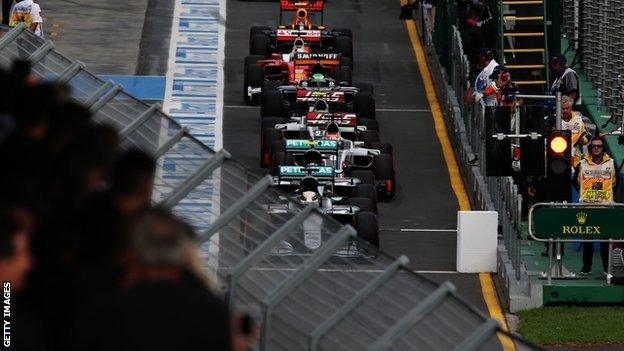
The new qualifying system was heavily criticised during the Australian Grand Prix
Why was qualifying changed in the first place? Because Ecclestone wanted to spice up the races.
In February - less than a month before the start of the season - he gave the teams two options: keep the same format but shuffle the top eight so the fastest drivers were not at the front of the grid; or the elimination approach.
The teams could have blocked Ecclestone's plans - and probably now wish they had - but in a spirit of co-operation they voted for what Mercedes motorsport boss Toto Wolff called the "least worst option".
The teams were asked to look into how it would work. They came back and said it would mean no cars on track for the closing minutes of the final session and offered an alternative approach. The FIA ignored them and voted the new system through unchanged. As qualifying progressed in Australia, what the teams had predicted was exactly what transpired.
Why the drivers wrote their letter
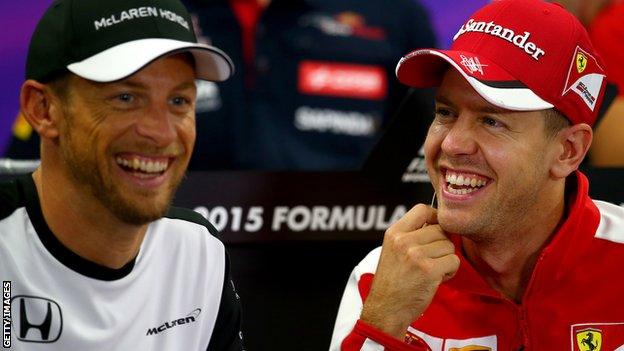
Jenson Button and Sebastian Vettel are two of the most respected drivers in the paddock
It does not take a genius to work out that changing the qualifying format in such a manner, on the eve of the season, was likely to cause problems.
And so we come back to the drivers' letter, planned for some weeks before Australia but published in the days following it.
"The drivers have come to the conclusion that the decision-making process in the sport is obsolete and ill-structured and prevents progress being made," they wrote. "Indeed, it can sometimes lead to just the opposite - gridlock.
"This reflects negatively on our sport, prevents it being fit for the next generation of fans and compromises further growth. We would like to request and urge the owners and all stakeholders of F1 to consider restructuring its own governance."
The drivers are sometimes referred to dismissively by administrators in F1, who tend to characterise them as ill-informed and uninvolved beyond their immediate sphere of concern.
Ecclestone's reply to their letter was in this vein. "Dear Gentlemen," it began. "I am not sure if this is the right description."
The 85-year-old went on: "It is not always easy to agree with you, but you are correct in stating the decision-making process is obsolete and ill-structured."
This problem has resulted in a series of ill-thought-out and unpopular initiatives in recent times:
The introduction of double points for the season finale in 2014, now abandoned
The proposal to introduce a cheaper alternative engine to run alongside the turbo hybrids, with an equivalence formula to balance performance
The new regulations covering the hybrid engines contained major flaws that are only now being addressed
The qualifying farrago
And that's to name just four. All can be traced to Ecclestone or Todt - or both.
How did F1 end up in this mess?
The current political and legislative structure of F1 was created by Ecclestone a few years ago with the intention of giving himself more power. That's what the controversial strategy group is all about.
Made up of Ecclestone, Todt and the six leading teams, the votes are disproportionately in Ecclestone's favour. He and Todt get six each and the teams six between them. A majority is needed to pass motions. So, if Todt and Ecclestone agree on something, the teams are powerless.
But Ecclestone has been outflanked. First of all, he and Todt do not like each other, so find it hard to reach agreement.
The next stage in the legislative process is the F1 Commission. All teams are on that, along with Ecclestone, the FIA and representatives of circuits, sponsors and tyre supplier.
There, 18 votes out of 26 are needed to pass a resolution, and Mercedes and Ferrari - who together supply eight of the 11 teams with engines - have started working together to block Ecclestone. They have been joined by Renault, who supply a further two teams.
If that fails, Ferrari have a contractual right of veto over any rule change they deem to be contrary to their interests.
His ability to control and influence diminished, Ecclestone has for some time been railing against the structure he created, saying F1's governance is broken.
When he makes this point, Ecclestone's agenda is clear. But in the context of the changes he has pushed for in recent times, few in F1 would view granting him more power in a reformed structure as the best solution.
What do the drivers want?
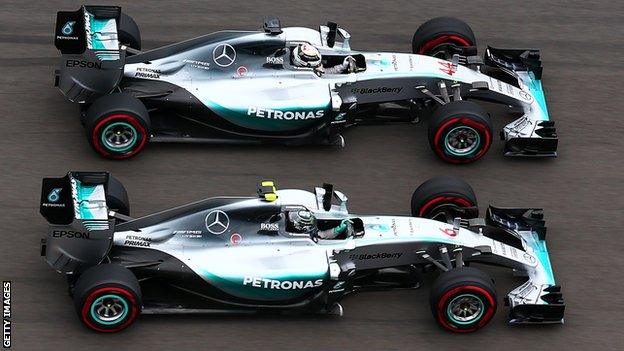
The break up of dominant 'big teams' is just one of the areas the GPDA wants F1 bosses to focus on
The drivers' meaning was clear, even if you had to read between the lines of their letter to find it:
Ecclestone and Todt, the strategy group: it's all broken - the wrong decisions are being made for the wrong reasons
Pay TV will deprive millions of fans of the chance to watch F1 and inevitably reduce both its current and future fan-base
The income distribution between teams is inequitably split in favour of the big names
Money, rather than the good of the sport, is driving too many decisions. The move towards pay TV is one example; the decision to appoint (largely for financial reasons) a tyre supplier with which many teams and drivers are uncomfortable is another
Many have interpreted the GPDA letter as an attempt by the drivers to gain political power.
All three directors have kept a low profile since its publication, although that may change in Bahrain this weekend, when they will certainly be quizzed.
But sources have told BBC Sport that desire for power was not the motivation behind the letter. It was simply something the drivers felt needed saying - and no-one else was.
In his reply to the drivers, Ecclestone asked them to "think and come back on this" - in other words, if you've got ideas, let's hear them.
But the GPDA does not claim to have the solutions to F1's problems - sporting or structural - and nor do the drivers feel that it is their place to provide them.
They do, however, believe that what is happening now is not good enough and they want something done about it.
The point the GPDA was making is that F1's leadership is disunited, disjointed and has no long-term plan, and what short-term changes are made are counter-productive.
What next from the drivers?

Lewis Hamilton has the star power to attract big crowds to race weekends
The GPDA has become more proactive since Wurz became chairman in October 2014, and there are many who think the bright and energetic former Benetton, Williams and McLaren driver may well go far.
The fact that they now have a chairman who has nothing to lose is at the root of the GPDA's new-found outspokenness. No longer an active F1 driver, Wurz can't be intimidated or threatened - and the other drivers can hide behind him and collective responsibility.
But that is not the same as saying that the letter was motivated by a desire to strengthen their - or a single person's - political position.
At the same time, now they have taken this step, it is unlikely in the extreme it will be their last one. More provocation can be expected.
The drivers' celebrity - and their unique role - makes them a potent force, at least as a pressure group, and one that is clearly not going away.
- Published29 March 2016
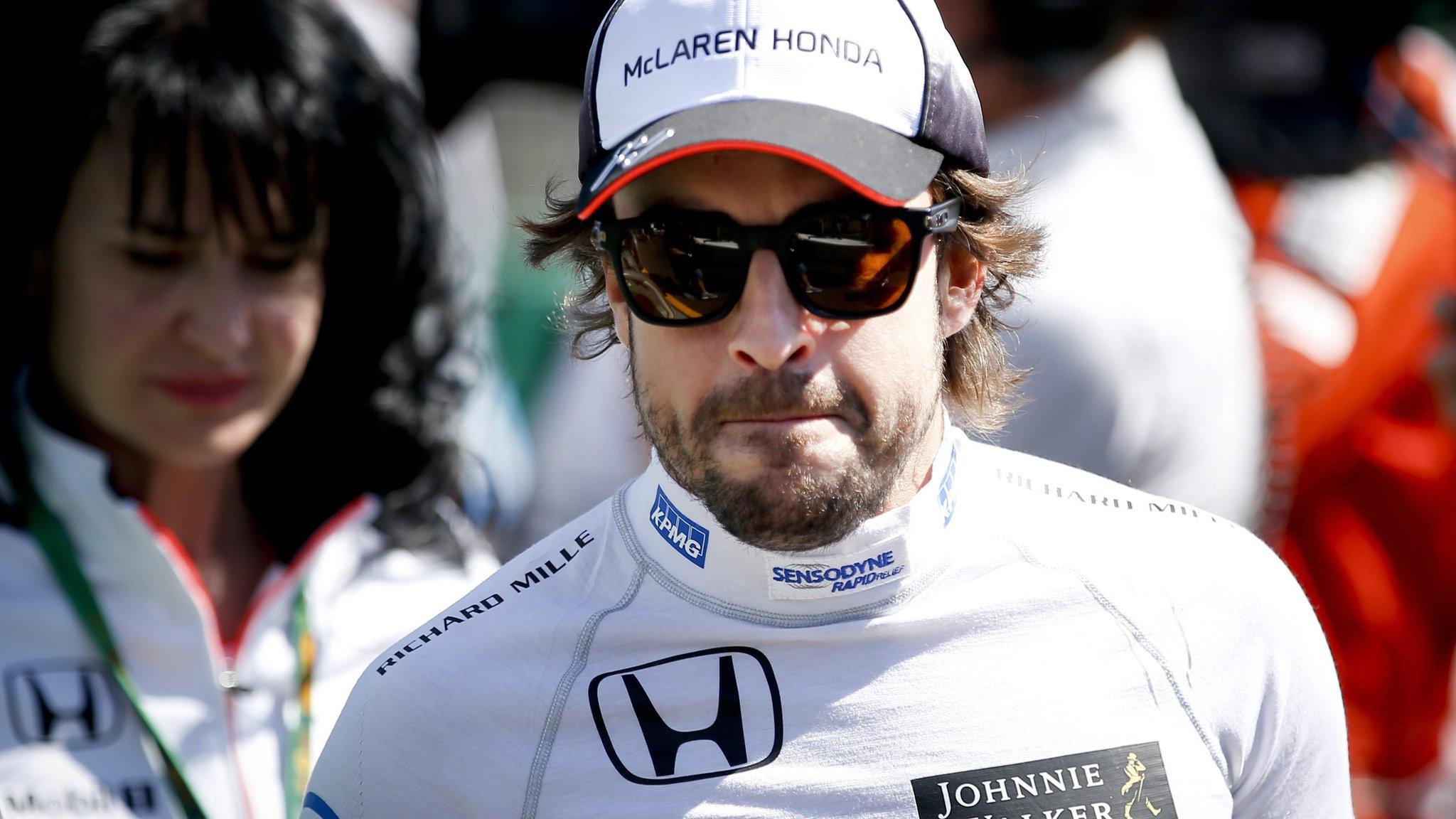
- Published25 March 2016

- Published8 November 2016

- Published18 December 2015

- Published2 November 2018

- Published26 February 2019
